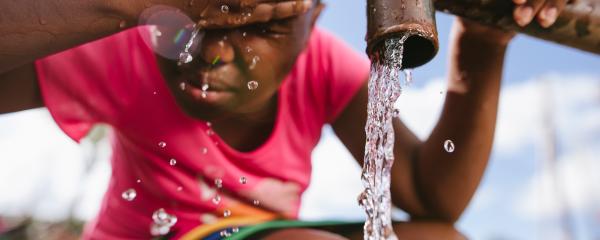Agriculture and Food Security

The Challenge
Sustainable Development Goal 2 is about creating a world free of hunger by 2030. The global issue of hunger and food insecurity has shown an alarming increase since 2015, a trend exacerbated by a combination of factors including the pandemic, conflict, climate change, and deepening inequalities.
By 2022, approximately 735 million people – or 9.2% of the world’s population – found themselves in a state of chronic hunger – a staggering rise compared to 2019.
Climate change is disrupting the onset and duration of rainy seasons, and triggering more frequent and intense extreme weather events such as droughts and dry spells. Growing poverty, hunger and associated food and health insecurity are pressing problems.
Agriculture, including crops, livestock and fisheries, is arguably the most vulnerable sector to climate variability and climate change, with over 90% of the nationally-determined contributions of developing countries indicating the need to support adaptation in agriculture.
Response
WMO supports its Members to provide meteorological, climatological and related services to the agricultural community to help develop sustainable and economically viable agricultural systems.
Global investments are needed in weather-, climate- and water-related sciences and services along agrifood value chains as they enable farmers to make decisions – for instance on what to grow, when to plant, when to apply fertilizer and how to protect crops and livestock against pests and diseases.
The WMO community issues seasonal climate outlooks, factoring in development of phenomena like El Niño/La Niña and other climate drivers.
Many WMO activities projects have a focus on agriculture, including the Integrated Drought Management Programme.
The Enhancing Adaptive Capacity of Andean Communities through Climate Services (ENANDES) project promotes climate adaptation in Chile, Colombia and Peru and targets climate-sensitive activities (agriculture, hydropower generation, water supply) and vulnerable communities and groups (farmers, indigenous population, women and elderly people). The project is expected to deliver socioeconomic benefits to 11.5 million direct and indirect beneficiaries.
Another example is the Agricultural Climate Resilience Enhancement initiative seeks to strengthen the resilience of vulnerable smallholder farmers, agro-pastoralists and pastoralists in the Horn of Africa.



